Today is once again an incredible mix of layers of the past–Arles’ adaptation of an ancient city to medieval and present day civilization. Roman monuments, the earliest – the arena, the Roman theatre and the cryptoporticus (subterranean galleries) – date back to the 1st century B.C. During the 4th century Arles experienced a second golden age and building boom with the baths of Constantine and the necropolis of Alyscamps. Today these monuments just rise up in the middle of neighborhoods, cafes, and winding streets surrounded by 21st century teeming life. Kids are kicking soccer balls up streets in front of monuments, pedestrians hurry by talking on the their cell phones and as you will see, a school photo is taken on the steps of one of the monuments, It is totally amazing, Do you suppose someone gives directions to his home, “two blocks past the arena and make a sharp right”???
In the 11th and 12th centuries, Arles once again became one of the most attractive cities in the Mediterranean. Within the city walls, Saint-Trophime, with its cloister, is one of Provence’s major Romanesque monuments.
All of the above to be seen as we walk the evocative Van Gogh trail, a circuit of the city marked by footpath-embedded plaques, takes in spots where Van Gogh set up his easel to paint canvases such as Starry Night Over the Rhône (1888). At each stop a lectern-style signboard with a reproduction of the painting and interpretative information. Often the contrast between the painting and the current status of the setting is dramatically different but more important is to grasp the concept of him painting what he knew and saw at the time.
What a magical day!!

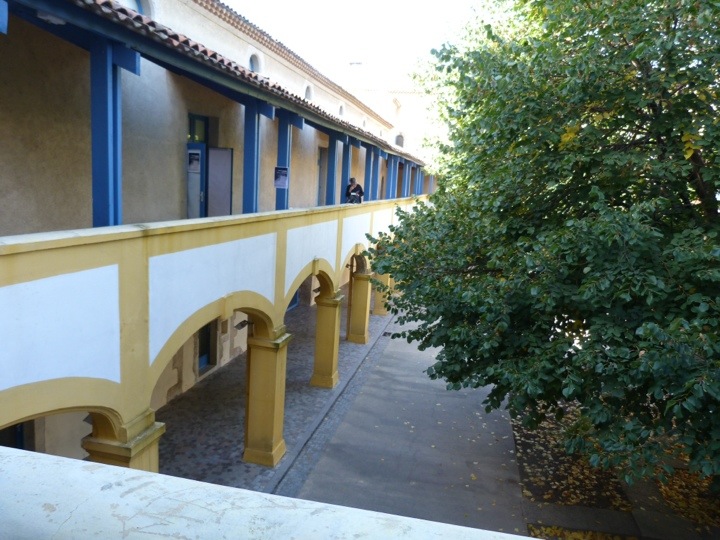
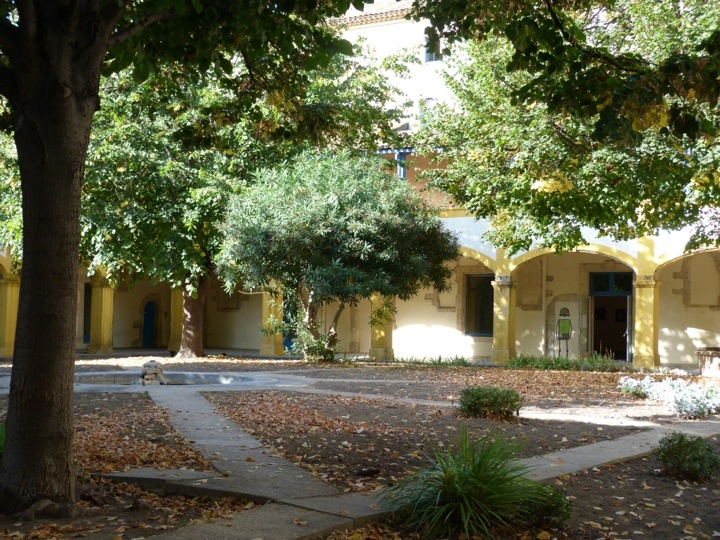

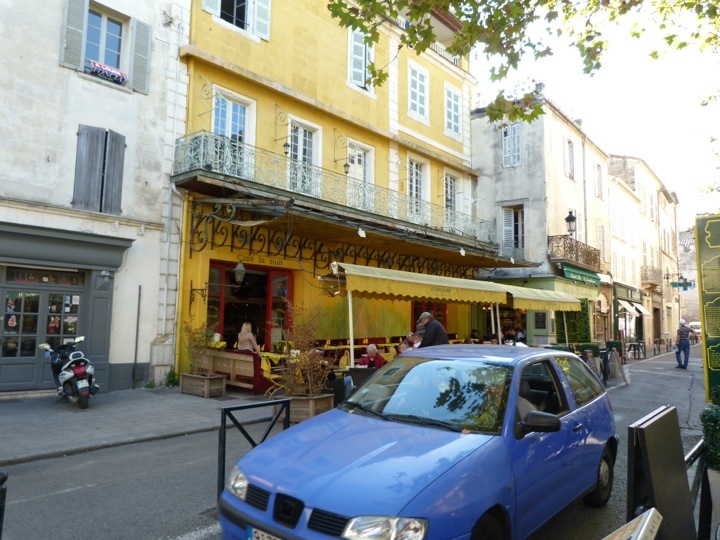
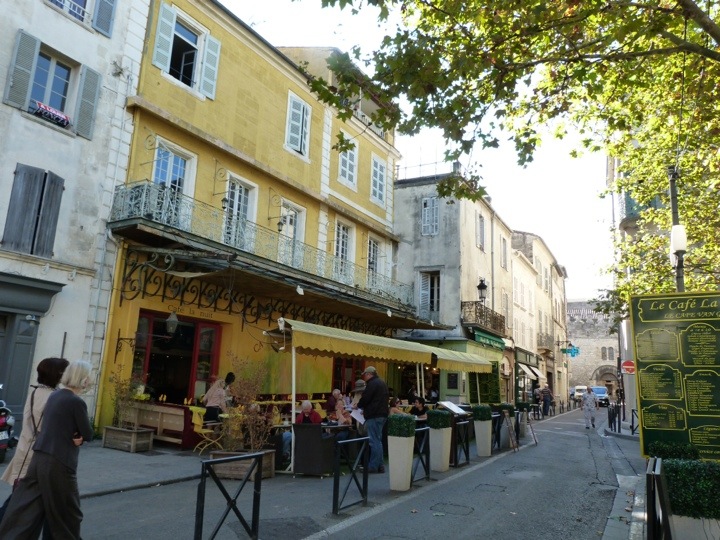
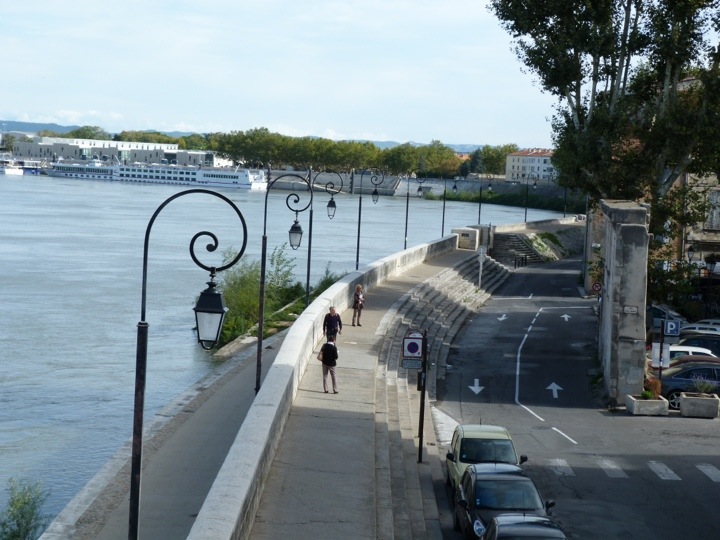








Sorry, the comment form is closed at this time.